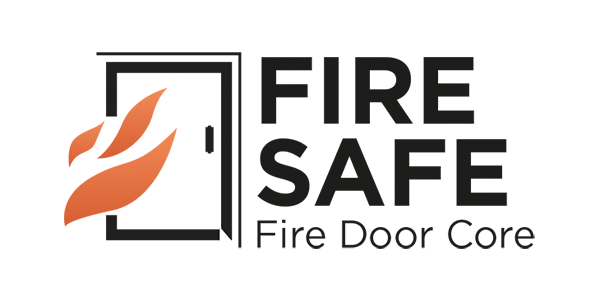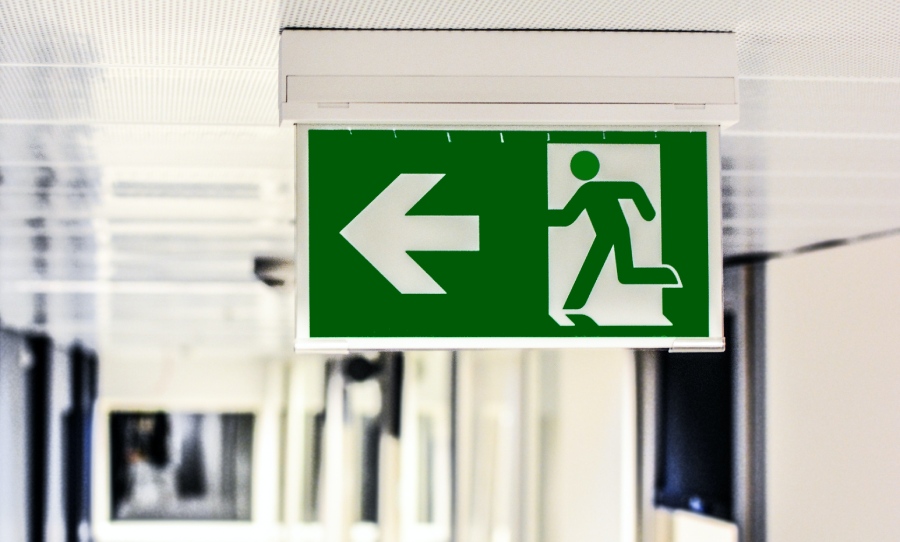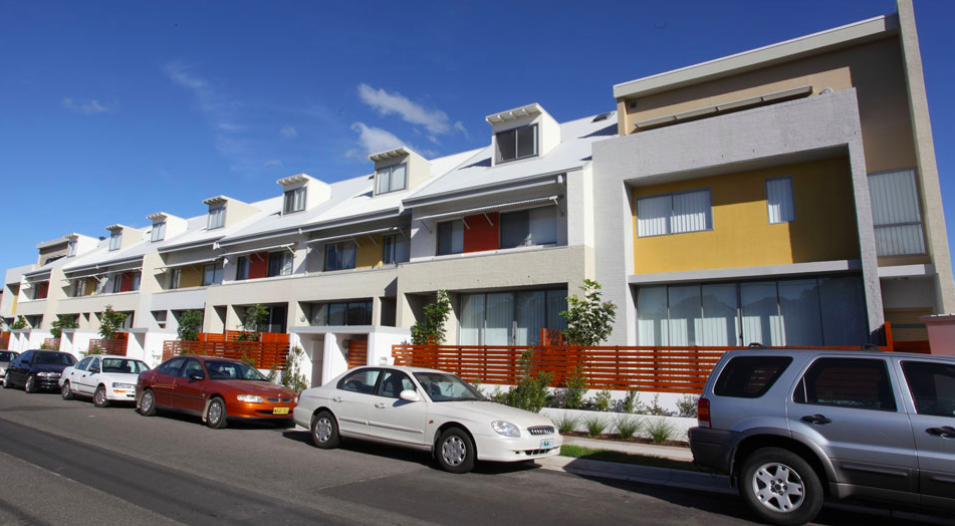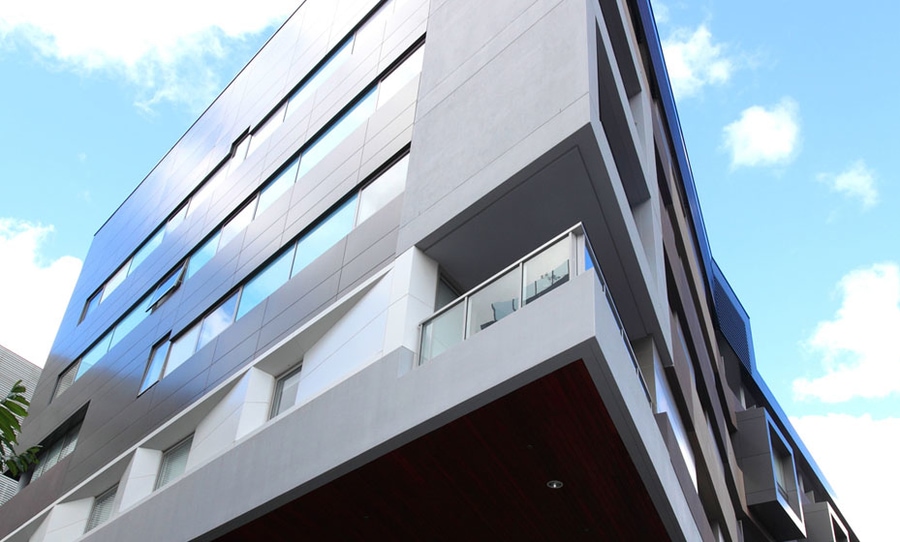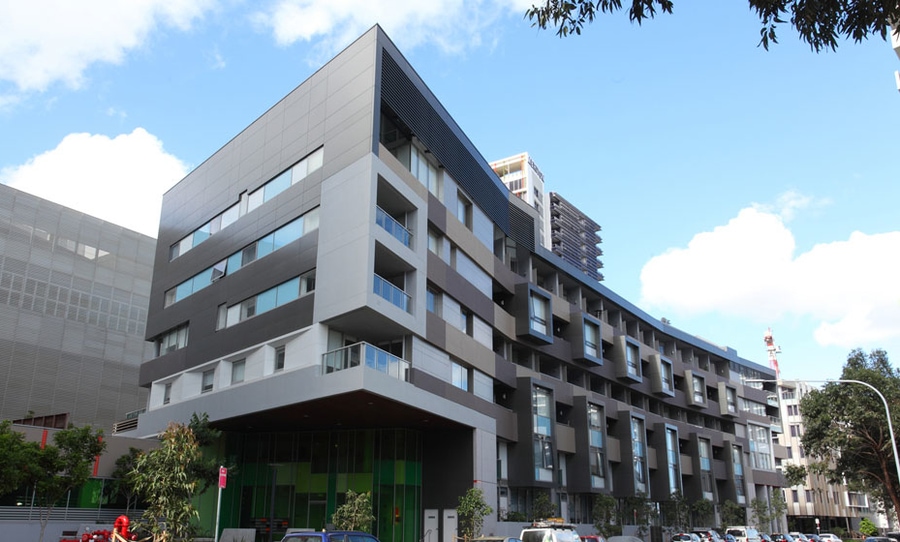What Should You Do In A Workplace Fire?
Hopefully, you’ll never find yourself caught in a workplace fire, but it’s important to know what to do in case of an emergency.
In the unlikely event that you are in an office fire, the most important thing to remember is to stay calm. If you can avoid panic, everything else becomes easier.
Fire NSW have developed an acronym that is easy to remember in the event of a workplace fire, RACE.
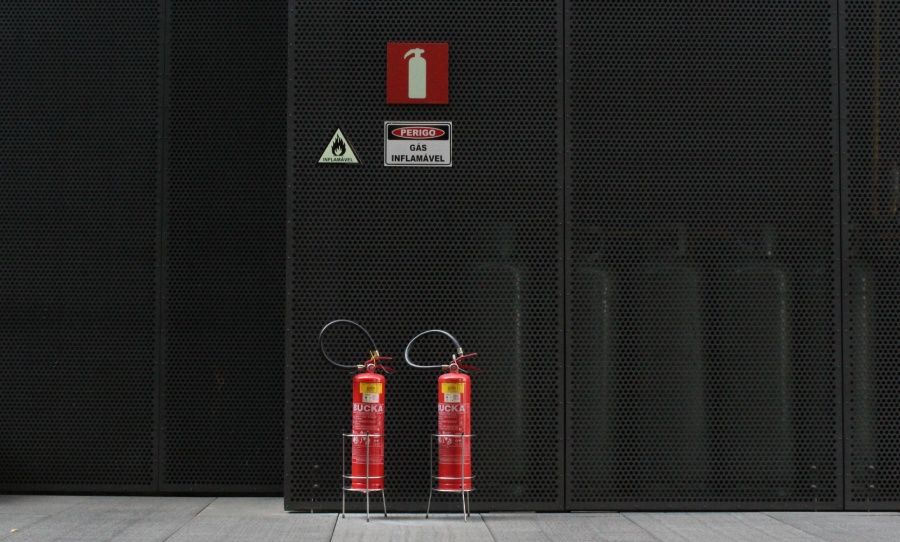
Rescue
If it is safe to do so, rescue anyone in the building who may struggle to exit the building. Prioritise those in immediate danger, or anyone who may have trouble escaping e.g. the elderly, anyone with a disability.
Alarm
If fire alarms have not properly sounded, or there are parts of the building that have not been notified, it is important to ensure the entire building is aware of the fire.
The best way to do this is by notifying the staff member in charge and manually setting off any accessible alarms. Once that has been done, call the fire brigade as soon as possible on ‘000’.
Contain
If it is safe to do so, try to contain the fire as much as possible by closing the doors and windows that will stop it from spreading. It is important to know which doors in your workplace are fire safe, so you can prioritise closing them.
Extinguish
If you know how to use a fire extinguisher, and it won’t put you in unnecessary danger, use your workplace’s firefighting equipment to extinguish as much of the fire as possible.
Once you have rescued, alarmed, contained, and extinguished, you should:
- Follow instructions given by your Fire Warden
- Prepare to evacuate the building
- Leave the lights on for visibility
- Save any company records if it is safe to do so
Have a fire door related enquiry? We’re happy to help. Contact Fire Safe Doors at [email protected] or call (02) 9070 0732, and we’ll work through a plan for your needs.
